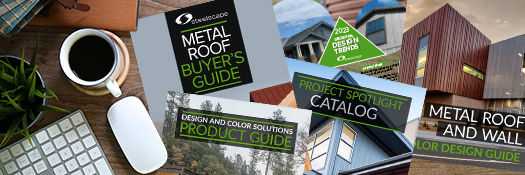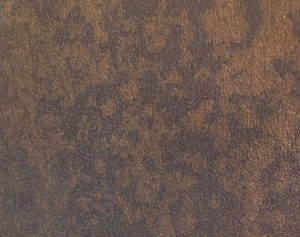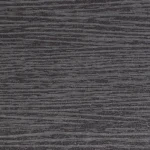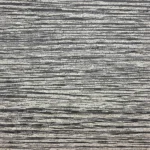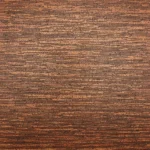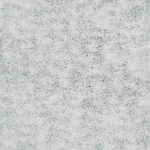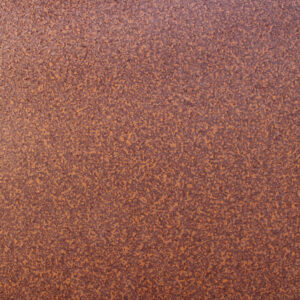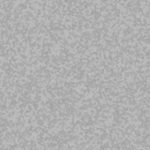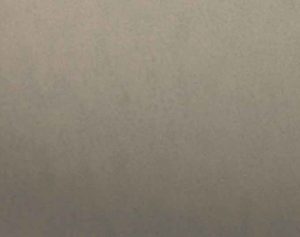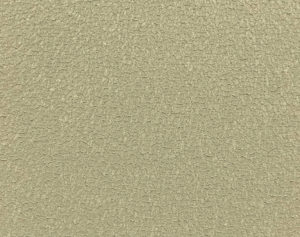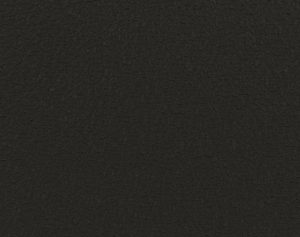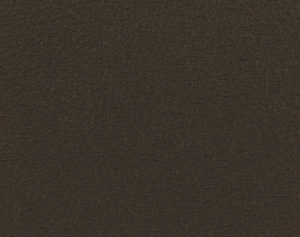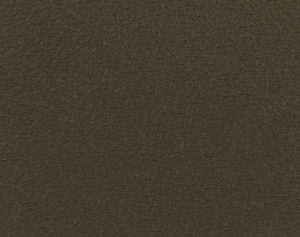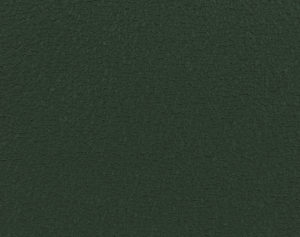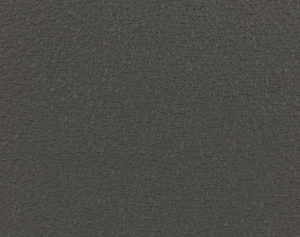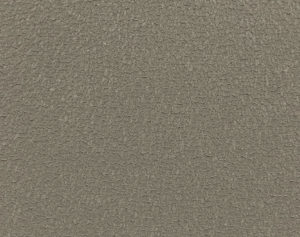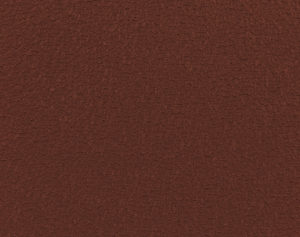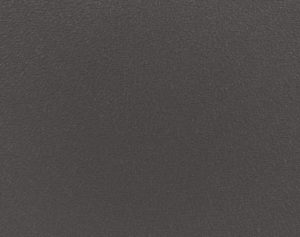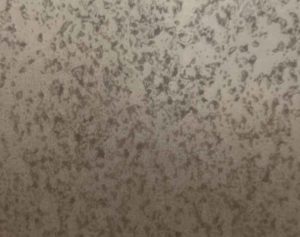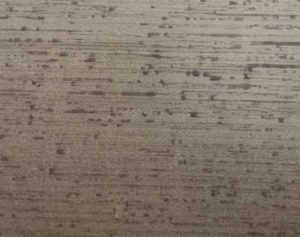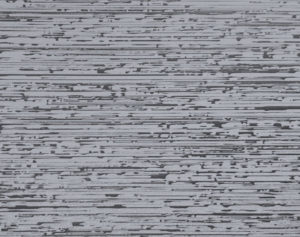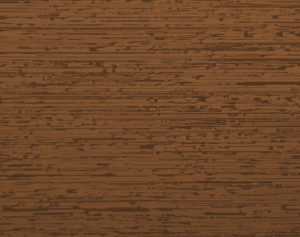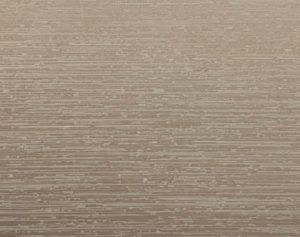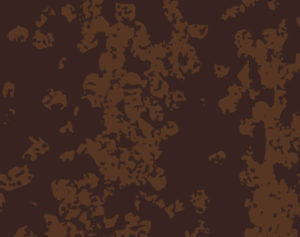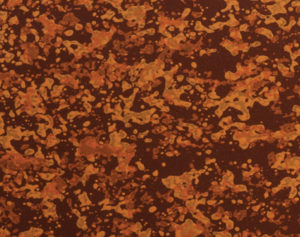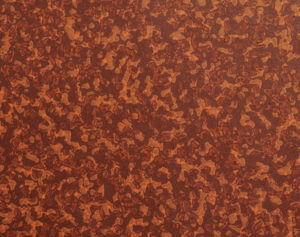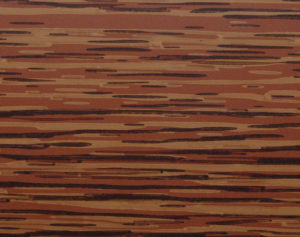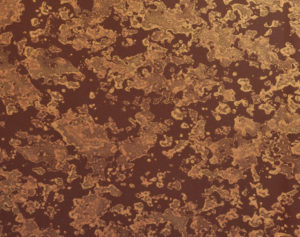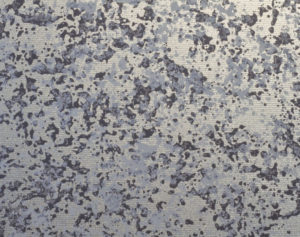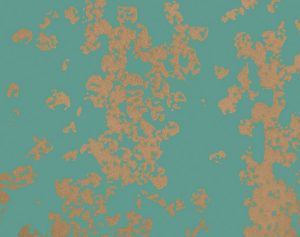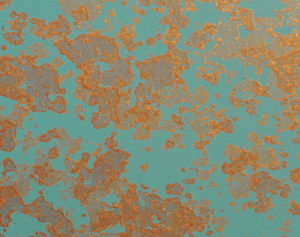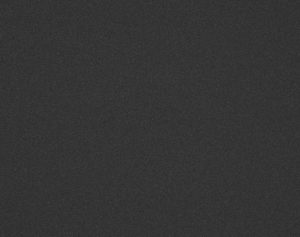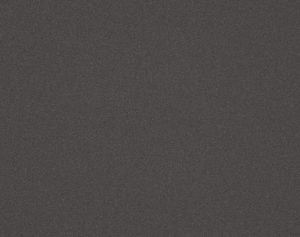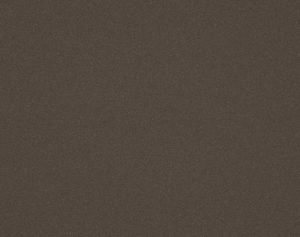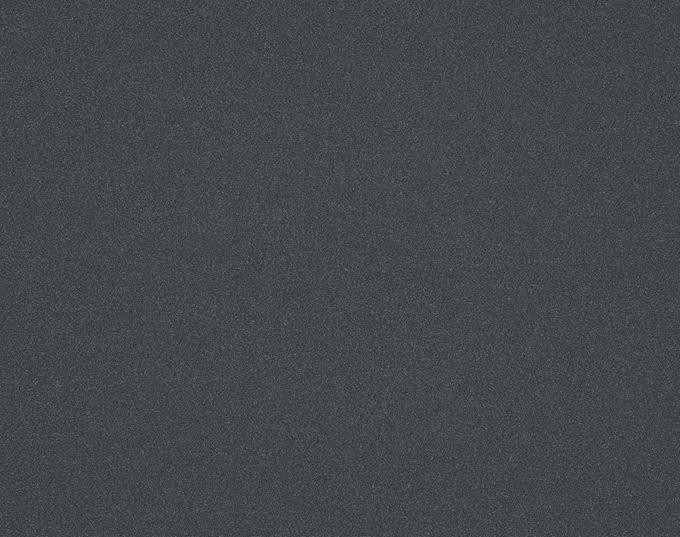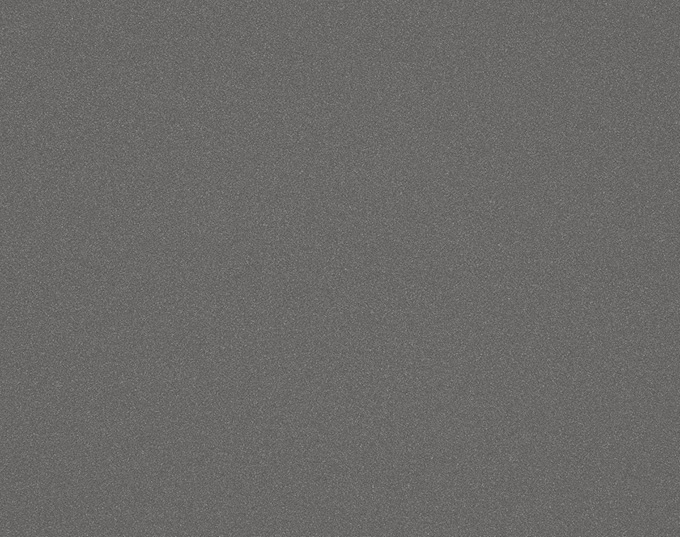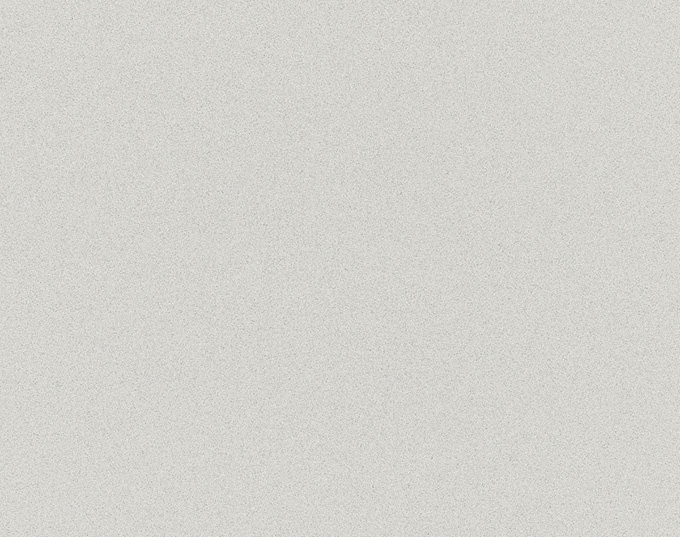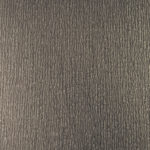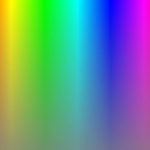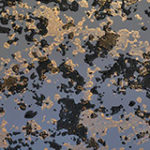Edge Corrosion (field cutting induced) – Corrosion at the exposed, thin, unpainted end of a metal panel. Often created due to field cutting of panels by heat generating devise such as a grinding disk or sawzal (compared to a manufacturers shear or shearing action used on a jobsite to cut material) which leads to an inconsistent, exposed edge which can trap water and spread corrosion more rapidly.
Edge Wave (slitter or roll former induced) – The visible, unintentional waviness, or buckling at the edge of a metal strip due to the forces imparted on the panel during the production or forming process. Often due to improper production or quality control processes.
Electrolysis – Electrolytic Corrosion created by two or more dissimilar metals in contact with each other and an electrolyte containing small amounts of acid. A common example is moisture in a coastal environment. This leads to galvanic corrosion in which one metal will corrode preferentially to the other.
Embossing – Embossing is the process of creating a raised texture to the surface of the metal. Undertaken in a continuous process for metal applications such as metal walls.
Emissivity – Emissivity is the amount of heat a surface can dissipate away from itself. This is expressed as a percentage between 0-100%. Used in the calculation of the Solar Reflectance Index for metal roofs.
Exposed Fastener or Lap Seam Panels – Exposed Fastener or Lap Seam Panels are metal roof and wall panels which are lapped with one over the other, with the fastener then attached from the outside and driven directly through the metal.
Fading – Fading occurs to metal roof and metal wall products when UV rays and substances in the environment attack the pigments in the paint and cause their color to change. Color change is typically assessed based on its variance to the base state when new, represented by Delta E (dE or ΔE).
Film Thickness – Film thickness or dry film thickness (DFT) refers to the thickness of paint film on the strip surface, once the paint has cured. Typical dry film thicknesses for painted steel for metal roof and metal products range from 0.0005″ (0.5 mil) to 0.0015″ (1.5 mil).
Flexographic Roll Printing – Flexographic roll printing is the process Steelscape employs to impart its distinctive colors and designs, such as rustic and aged metallics onto metal for metal roof and wall products.
Galvalume® – See ZINCALUME®
Galvanic (bi-metal) Corrosion – The preferential corrosion of one metal over another, created when two dissimilar metals are in contact with one another in a conducive environment (presence of moisture with acid). Heightened by how dissimilar the metals are on the galvanic scale and how conducive the environment is (e.g. more prominent on the coast than in the desert).
Galvanizing – Galvanizing is the process of coating a thin layer of zinc to steel to improve corrosion resistance. Referred to by Steelscape as TruZinc. For most metal roof and metal wall products that use galvanizing this is applied before the paint layer.
Gauge – Gauge refers to the thickness of metal. A smaller gauge correlates to a thicker metal. For example, 22ga is thicker metal than 29ga. 22ga-29ga are also the most common gauges for metal roof and metal wall building applications. Sometimes spelled as gage.
Gloss and Sheen – Gloss and sheen are two terms used to describe how well a surface reflects visible light. Gloss is measured at a 60° angle from the surface, while sheen is measured at 85°.
Graffiti Resistance – Graffiti resistance, for Steelscape applications, refers to a painted metal wall surface in which aerosol or marker-based graffiti can be removed from the surface.
Inert Catchment – When acidic rainwater, created by certain environmental conditions, creates corrosion in areas downstream of the water catchment surface such as gutters and downpipes. Avoided by ensuring the correct material is selected relative to its environment.
Pressure Mottling – Uneven or irregular gloss visible on painted steel ( often in a splotchy or speckled pattern) due to variation in the pressure applied to the painted surface of the metal when it is stored in coil format. Typically a temporary condition that will dissipate with time.
LEED – Leadership in Energy and Environmental Design (LEED), is a green building rating system developed based on a pre-developed framework for healthy, efficient and environmentally sustainable structures.
Light Reflectance Value (LRV) – Light Reflectance Value measures the amount of visible or usable light that reflects from a surface. LRV is expressed as a percentage from 0 to 100; the higher the number the more visible light that is reflected. Used for both metal roofs and metal walls.


